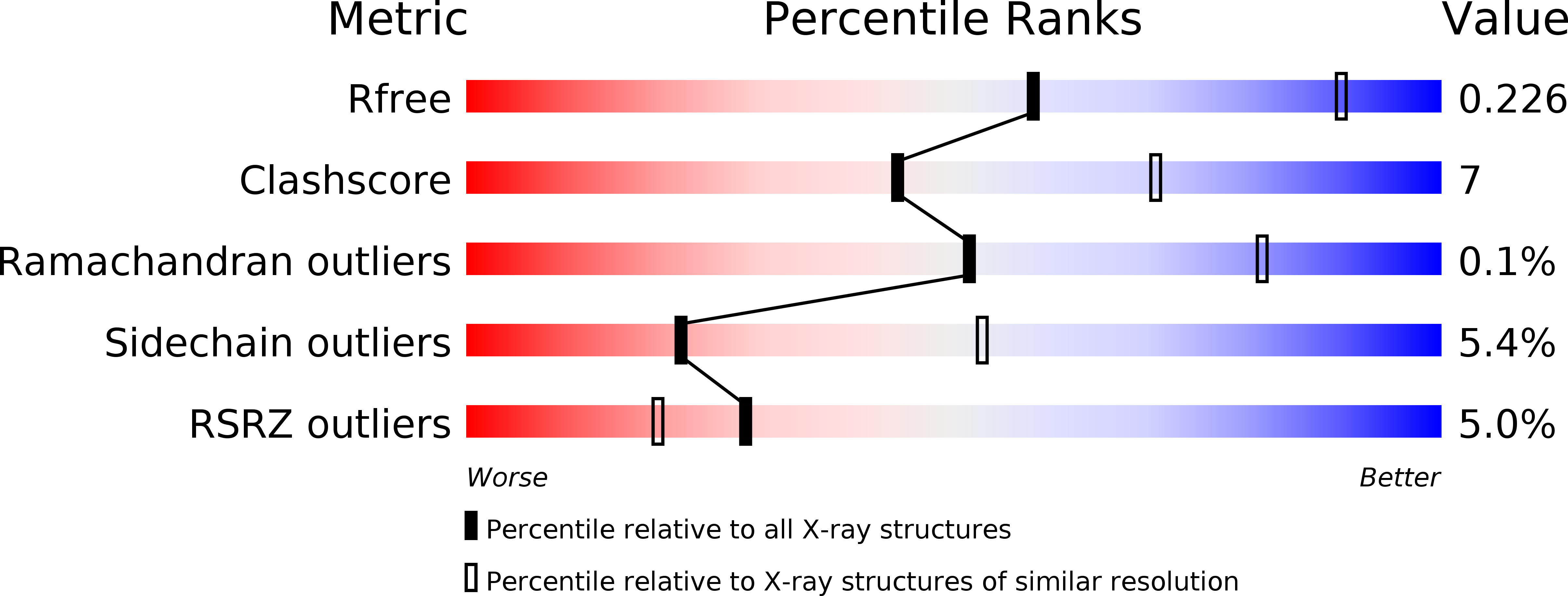
Deposition Date
2012-07-05
Release Date
2012-08-01
Last Version Date
2024-11-20
Entry Detail
PDB ID:
4FZ0
Keywords:
Title:
Crystal structure of acid-sensing ion channel in complex with psalmotoxin 1 at low pH
Biological Source:
Source Organism:
Gallus gallus (Taxon ID: 9031)
Psalmopoeus cambridgei (Taxon ID: 179874)
Psalmopoeus cambridgei (Taxon ID: 179874)
Host Organism:
Method Details:
Experimental Method:
Resolution:
2.80 Å
R-Value Free:
0.23
R-Value Work:
0.20
R-Value Observed:
0.20
Space Group:
C 1 2 1


